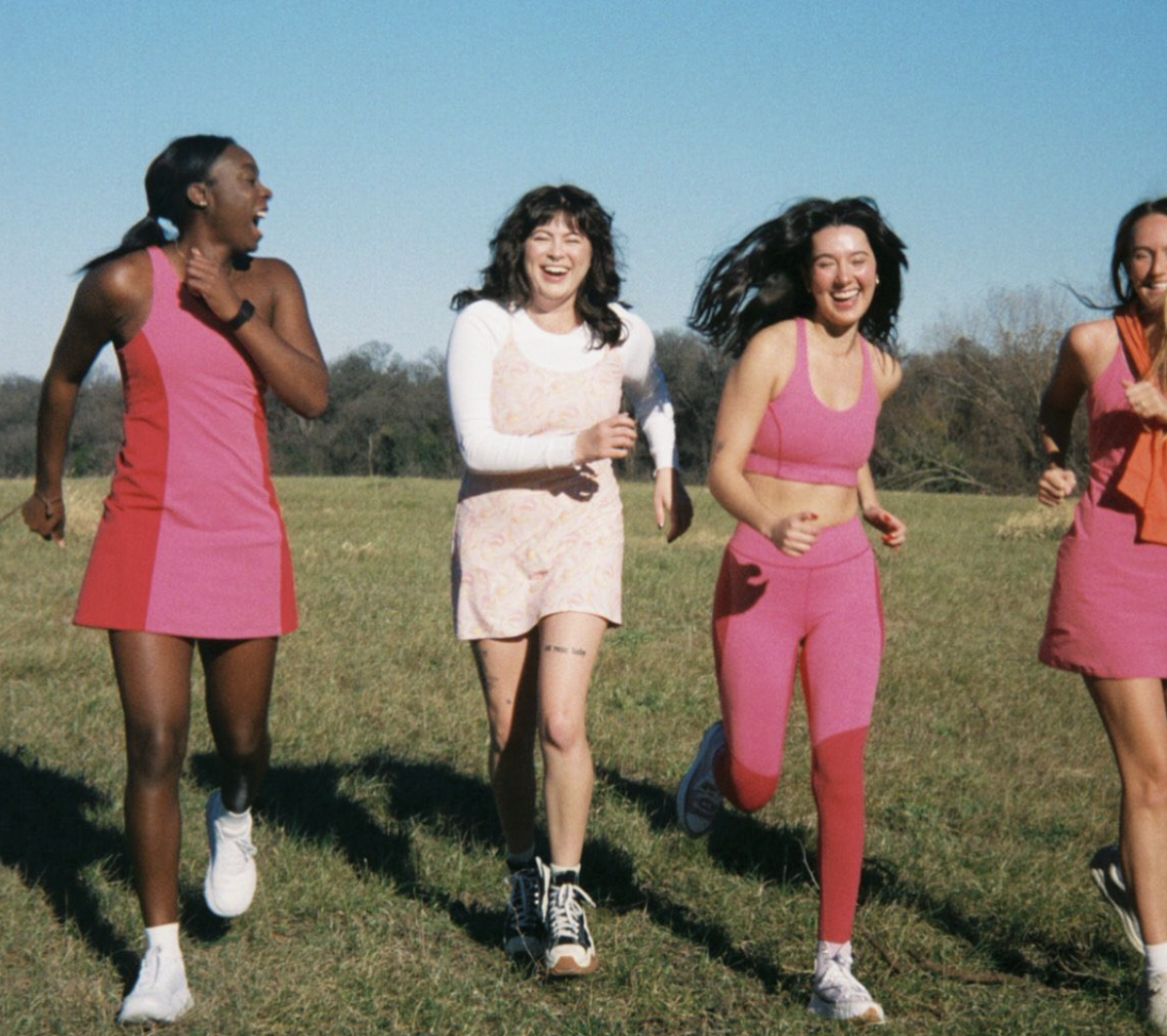Back to Journal

Feeling Good Is The New Looking Good — Part Three
“It seems no matter where you travel or who you meet, people are feeling the intensity of modern life and are struggling to find happiness and focus amid its relentless turbulence.”
– Tom Cronin, 2019
Designing Well.
Fashion would not exist without its consumers; but with wellness being the forefront of societal needs, consumers are shifting away from cluttering products in favour for slowing down and practicing self-care more than ever. Whether it is navigating through wellness themed articles, purchasing a new set of athleisure leggings or indulging in a spa treatment, the people are driving the future of fashion: they too are feeling the intensity of modern life and the digital age era. So, what does that mean for fashion?
It is interesting to note that the activewear market is now calculated to be a fifty-five-billion-dollar industry. If consumers are attracted to purchasing clothing that motivates them to be active, could this be a portal for consumers to enter the world of wellness? And if so, should the fashion industry be designing clothing that supports the need for human happiness and wellbeing?
“I was going on, like, a 1.2-mile jog – very recreationally paced. I remember thinking about how activity had changed for me, very drastically, as I’d aged. In high school it was all about beating Jenny the hurdler to the left who was always beating me.” – says Tyler Haney, the founder and CEO of Outdoor Voices who describes the pivotal moment she decided to launch her down-to-earth activewear label. Haney noticed that herself and her peers were involving themselves in activity recreationally, by getting outside, going solo or connecting with friends, and playfully moving the body to free the mind. “At that moment I wanted to create for myself a uniform for activity that didn’t have the loudness or the high-intensity, big-muscle connotations,” which is what many other athleisure labels standardly deliver. With the activewear market growing a mile a minute, it was important for Haney to find her voice in such a saturated market. In her branding and design process, the qualities of being human and not super-human, as well as approaching activity with moderation, ease, humour and delight, were the core values of differentiating her label amongst many of the other heavyweights such as Nike, Under Armour or Lululemon: “Remember back to your YMCA days? That’s the kind of activity that we want to capture.”
Haney refers to the hey days when it was fun to go to the local YMCA and take a sweating session in fitness aerobics or dip in the pool. In reference to a casual jog or hike, it even jokes itself as being “the hiking buddy who brought the snacks.” This low- key human approach of everyday movement and recreational activity worked in her favour; she managed to enlist top investors to first-time joggers to genuinely connect with the brand. It goes to show that perhaps consumers are searching for less boutique or exclusive type labels but better yet approachable ones where exercising or being well doesn’t feel competitive – it more so feels like play.
The Outdoor Voices’ motto and brand message is “Doing Things” which encourages consumers to participate in activity step- by-step, with the purpose of the betterment of overall wellbeing, elevating moods, energies, mindfulness, happiness, and perhaps even some “survival skills for life under an advanced capitalist economy”. As many other activewear brands are pushing their consumers to go harder, better, faster, stronger, it would be clever if fashion produced clothing that encourages a more slow-paced, holistic or even mid-level recreational lifestyle, but with clever branding messages like Outdoor Voices.
According to the Wall Street Journal, “sales of yoga clothes increased 10 times as much as participation in yoga classes over the 2009 to 2014 span,” as the athletic part of athleisure remains to be aspirational for the wearer. If brands can become more aspirational towards a well and good wellbeing, what could that mean for the merging of the fashion and the wellness industries? Could we be looking at supporting various markets and consumers, wherever they are on the wellness map? From generating brands around non-traditional workouts like hip hop yoga, more well-suited brand messaging that better supports men in their wellness and mental health journey’s to loungewear and sleepwear that encourages people to slowly wind down and have a good night’s rest – the possibilities are endless. Fashion could really help those who are struggling with the concepts of looking after their wellbeing. It could be their guidance into the world of wellness – and happiness.
Conclusion.
It seems that a practice like yoga, meditation, pottery or recreational leisure can certainly help one’s wellbeing slow down and enjoy the flow of life; but it doesn’t change the fact that the fast-fashion system still runs at full speed. Gvasalia, Ghesquiere, Demeulemeester, and Simons are only just the few notable designers that have stated that it is hard to get to the top – as well as other practitioners and consumers connected to the fashion industry finding it difficult to stay there too. With the problem of the out-grown systems to the 24/7 incoming influx of demands and challenges society in general is dealing with every day, modern medicine has no magic pill to fix it. If wellness isn’t the way to heal the fashion industry, how can we all cope with fashion’s relentless pace if it is unlikely to slow down anytime soon?